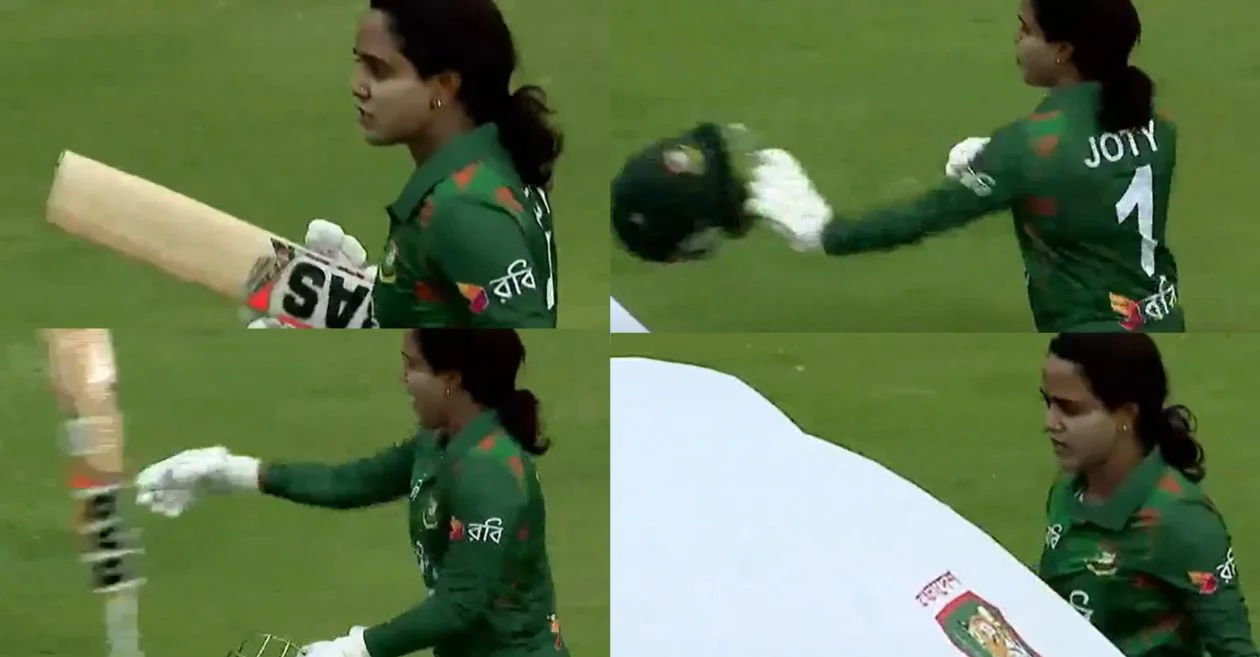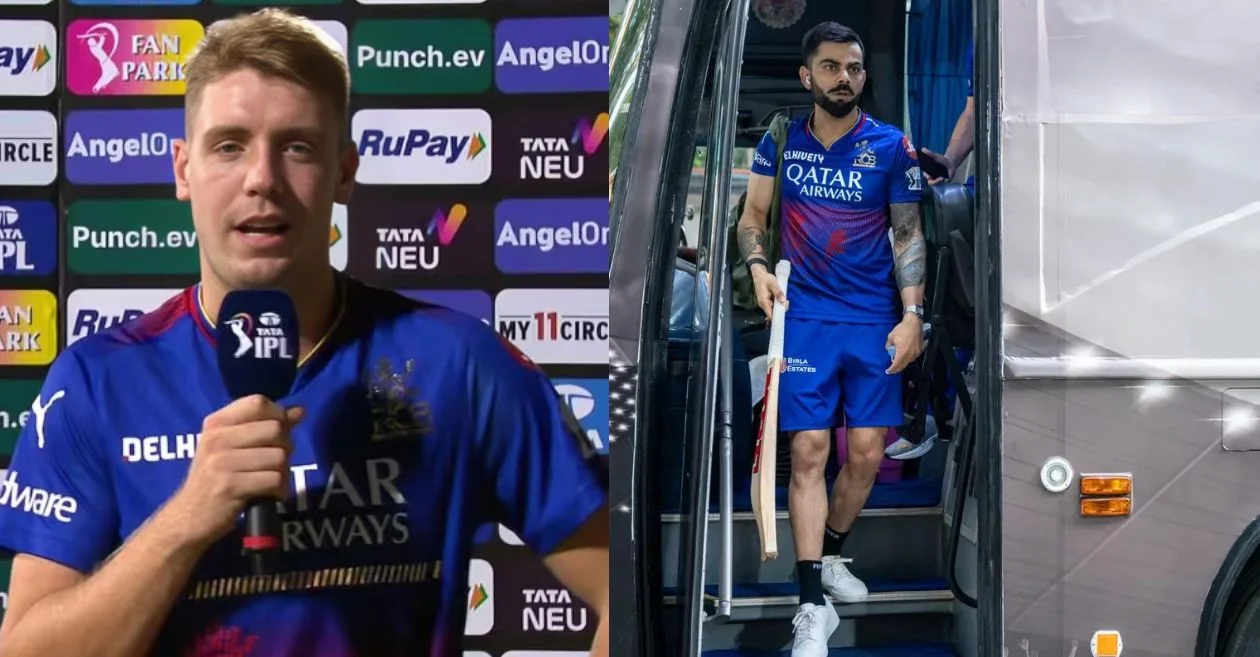
So, what goes on at the NFL Combine, and what’s it all about?
A few months ago, I wrote about the history of the NFL Scouting Combine and a little about the event’s purpose, but with it happening next week, I wanted to touch on the subject again.
To many fans, the best and most important part of the Combine is the workouts. But to the NFL clubs, the workouts are the least important part of the entire event. Players can work out at their Pro Days, and if they work out in Indy and have a sub-par day, they have a “make-up” test at their Pro Day. So unless the player is injured, clubs will eventually get that workout information.
We’ve discussed it here before, but the Combine is all about the medicals. It’s a very inexpensive way to get complete medicals on 320 players. When the event first began in January 1985, very few coaches attended; it was mostly an event for the personnel departments and the medical staff. In fact, the first few years, the Combine was held the week following the Super Bowl. That same weekend was the Pro Bowl, and there were always two clubs with their full coaching staffs at the Pro Bowl. It wasn’t until the coaches started getting more involved in the scouting and evaluation process that the full coaching staff of every club began to attend.
As the event has grown over the years, It has not only become a medical and evaluation event but a full-fledged NFL Convention. There is a lot that goes on that is never widely reported, which involves several different NFL Committees, including the Competition Committee meeting.
The NFLPA and the agent community also have meetings to discuss various topics and ideas. There isn’t a worthwhile agent who is not in Indy for a good part of the week.
With free agency starting in a few weeks, many agents are trying to get a feeling for what teams may have an interest in their clients. Technically, that’s not allowed, but trust me, it does happen. No contracts are negotiated, and no promises are made, but both the clubs and agents can come away from the Combine knowing what the market may be like for several players.
In the case of players like quarterback Derek Carr, he can negotiate a contract because he is not an unrestricted free agent. He is a “street” free agent because he was cut by the Raiders last week. Wide receiver Robert Woods who Tennessee just recently released also falls into that category, as does Al-Quadin Muhammad, who was officially released by the Bears earlier this week.
Clubs will also set up negotiation meetings with the agents of their own players who are about to become free agents. If the club wants to retain that player, they will try hard to strike a deal before the beginning of free agency.
Getting back to the main purpose of the Combine, which is of course, the medicals, the players will begin having MRIs and X-rays done shortly after they arrive in Indianapolis. If a player has any injury history, you can be sure that that injury will be thoroughly evaluated by each club’s medical staff.
Not only are orthopedic exams given but also internal medical exams. Each player has an EKG and other tests done. It’s imperative that each club knows the history of each and every player that will be drafted. That’s not to say they will pass on a player but rather know what the issues are and do they want to deal with those issues.
Following the medical exams, there is also extensive psychological testing done. There are several different tests given, and each player does not take them all. Different clubs subscribe to different services that perform these tests, and only the players they want to be tested get tested.
The player’s first day in Indy starts the interview process. Each club can interview up to 60 players for a maximum of 15 minutes. These usually go on until 10:00 PM every night. For players that do not have “formal” interviews, there are informal interviews at the “Train Station” directly across from the player’s hotel. Here there could be coaches from several different clubs interviewing players at the same time. Over the years, coaches tend to team up with their friends, and as a group, they do an excellent job with these informal interviews. Unlike formal interviews, these conversations can last way longer than 15 minutes. It’s allowed because several clubs are talking to one player simultaneously. I have sat in on several of these, and they are interesting and fascinating at the same time. When the same group of coaches have worked together doing these interviews over a period of years, they tend to work well together.
Once the workouts begin, what evaluators like is it is easy to compare one athlete to another. This is because the players are doing the same drills at the same time, at the same place, and on the same surface. It becomes an apples-to-apples comparison.
Players are expected to do well because they have spent the past four to six weeks at various facilities preparing for the Combine. At these facilities, they do nothing but Combine drills day after day. In essence, the measurable drills become “learned” events because they are practiced so much. A great performance doesn’t necessarily help a player, but a poor one can hurt him.
A media talking point is often; how Player A helped his “stock” at the Combine. Just like with good All-Star game performances, that doesn’t really happen. Each player has a certain expectation as to how he should perform. If he surpasses that expectation, it means it’s time to go back and look at more tape to see if something was missed during the fall. Often, the player’s grade stays just about the same.
There are a few positions in which the Combine drills are meaningless, the main one being the quarterback’s workout. The way the Combine workouts are set up, it can’t and doesn’t help quarterbacks. They are throwing to different players each time, and because they never make more than two or three throws at a time, they can never get into a rhythm. Many agents know this and advise their clients not to workout.
When the running backs workout, much time is spent on receiving drills, and that can help a player, especially if he didn’t have many receptions while in college. The drill for RBs and WRs that I always watch closely is the gauntlet drill because it shows hands, concentration, and the ability to adjust to the ball. Coaches and scouts take notice when a player has a lot of drops in the gauntlet drill.
The one position where we walk away from the workout with questions is with offensive linemen. An important part of their game is lower body strength, power, and explosion. The bench press test shows upper body strength and endurance, but there is nothing that is done at Indy that can really show how strong a lower body a player has.
Overall, the Combine is an essential part of the evaluation process, with the medical being the most critical aspect. Several times, a player with high grades comes away from the Combine with a poor medical grade. Needless to say, it’s disappointing, but it’s better to find out now than after a player has been drafted.















You must be logged in to post a comment Login